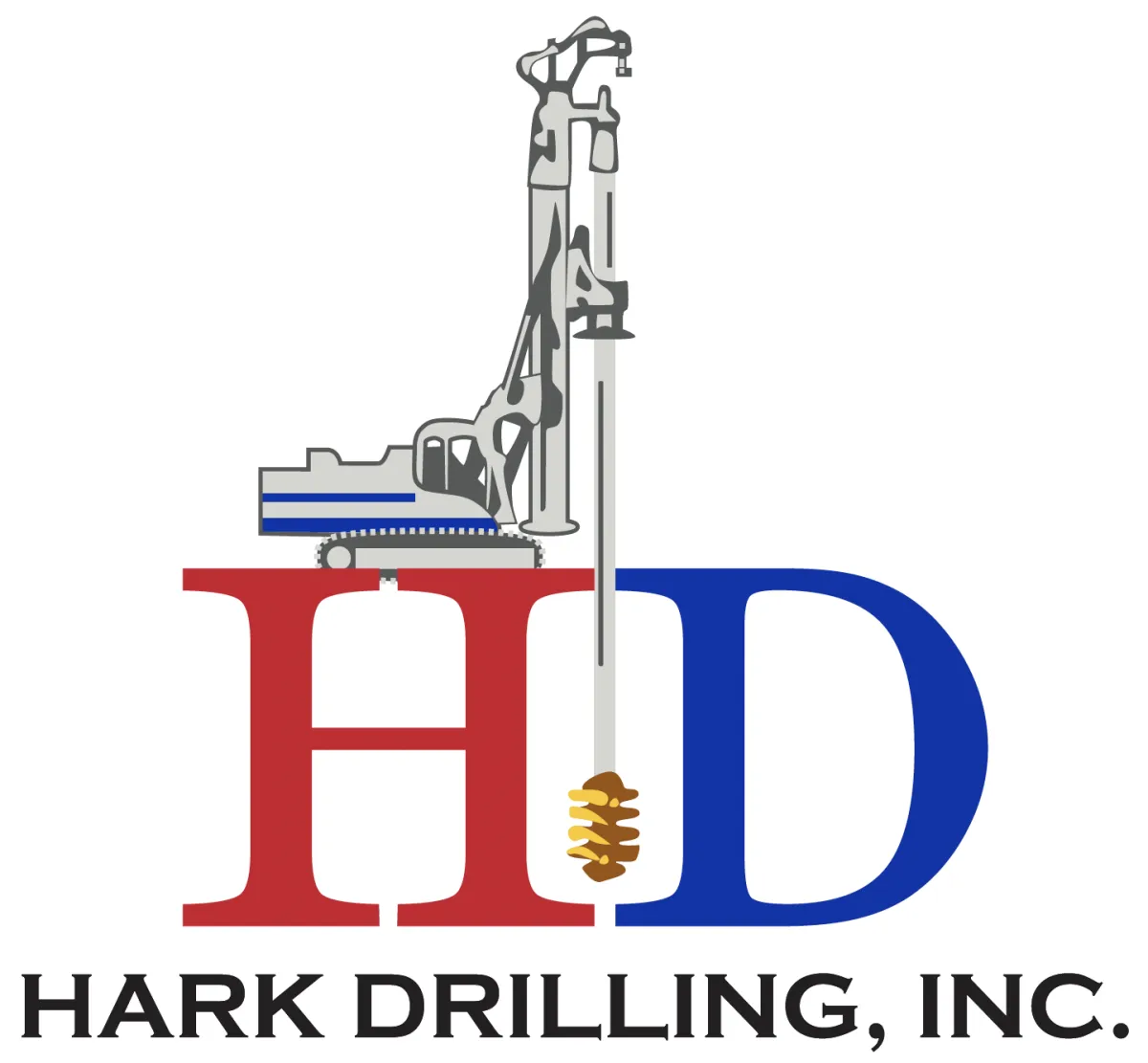Tiebacks
Tiebacks
We offer comprehensive services with tieback anchors, consisting of either high-strength steel bars or strand anchors, with a bond zone and a free length.
Tiebacks for Retaining Walls and Deep Excavations
Tiebacks are essential anchors in the construction of earth retention systems. These anchors are drilled and installed similarly to soil nails, providing stability for retaining walls and deep excavations. Tiebacks are often used in conjunction with other systems, such as soldier piles and lagging walls or drilled shafts and shotcrete walls. Once in place, they are stressed with a hydraulic jack to lock them off, mitigating settlement behind the retaining wall system and reducing movement.
Tieback Construction
We offer comprehensive services with tieback anchors, consisting of either high-strength steel bars or strand anchors, with a bond zone and a free length. This system is drilled and grouted into place, and once the grout has cured, the tiebacks are stressed and locked off to minimize deflections as excavation proceeds. Our tiebacks are often installed alongside soldier piles and lagging, providing a complete system for earth retention.
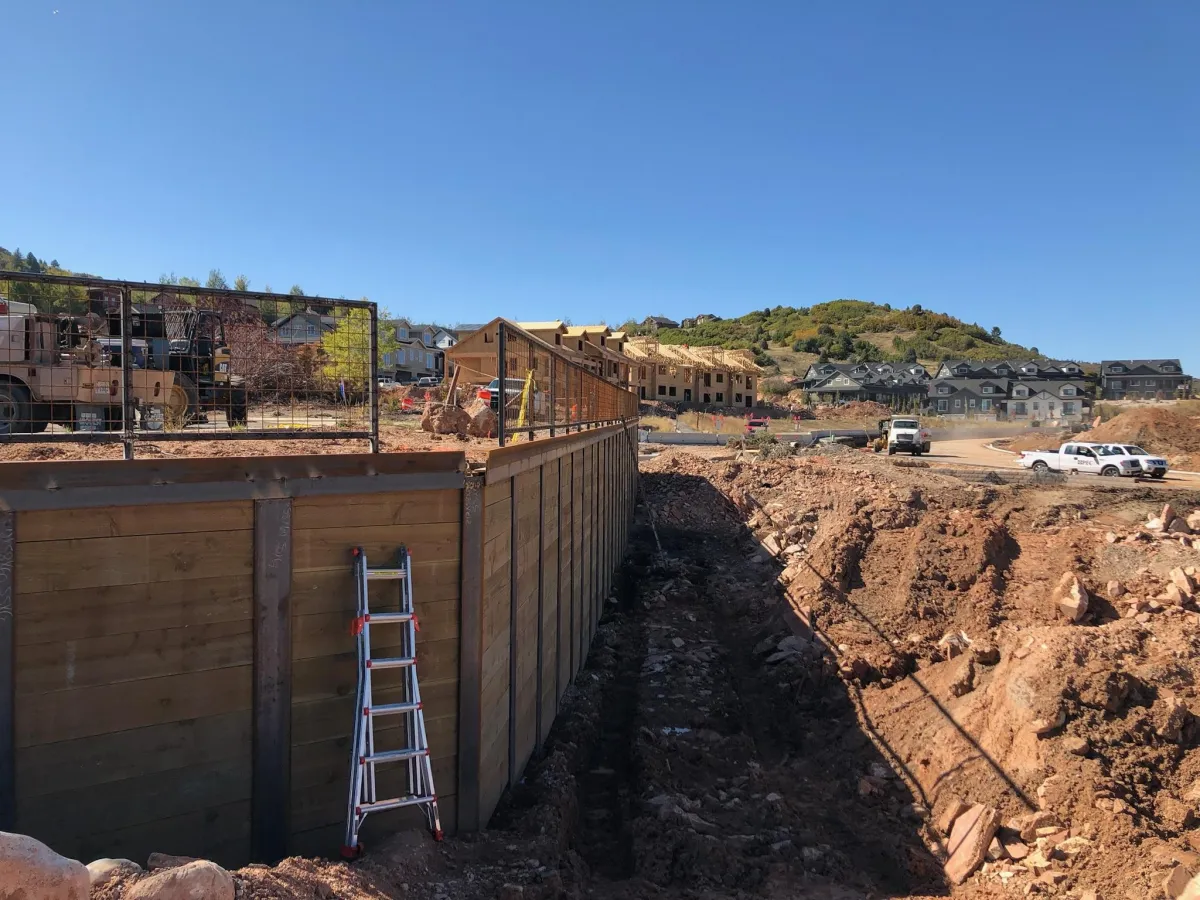
Benefits of Tieback Anchors
• Minimizing Deflection: Tiebacks are designed to apply load to retaining walls, minimizing deflections, particularly for deeper cuts or in areas where sensitive structures are present behind the wall.
• Wide Application: Our tieback construction services are ideal for commercial and infrastructure projects, ensuring stability for taller walls and reducing the risk of damage to surrounding areas.
• Deep Excavation Projects: Our team has the expertise and equipment to install tieback anchors up to 100 feet deep, catering to a variety of projects across different geological conditions.
Tiebacks for Retention Walls
Tiebacks are crucial in stabilizing retaining walls by anchoring them securely to the ground behind. These anchors are drilled and installed at an angle, extending into the soil or rock behind the wall. Once in place, tiebacks are grouted and stressed with a hydraulic jack to apply tension, creating a counterforce against the pressure exerted on the wall by the earth it retains. This stabilizes the retaining wall, minimizes deflections, and ensures it can handle deeper cuts or support surrounding structures with sensitive needs. Tiebacks offer an effective and reliable solution for retaining walls in both commercial and infrastructure projects.
Trusted Tieback Solutions Across the Southwest
From the Wasatch Front to the Sedona desert, Hark Drilling delivers precision tieback anchor systems throughout Utah and Arizona. Our experienced team understands the unique geological challenges of both regions, from stabilizing retaining walls along Utah's mountainous slopes to anchoring deep excavations in Arizona's expansive metro developments. Whether you're planning a commercial project in Salt Lake City or managing infrastructure development in Phoenix, our tieback installation services are designed to handle diverse soil and rock conditions across both states.
With proven expertise in high-strength steel bar and strand anchor systems, we provide reliable earth retention solutions that meet the specific demands of Southwest construction projects. Trust Hark Drilling's regional knowledge and technical precision for your next tieback system installation.
Tiebacks | Frequently Asked Questions
When are tiebacks typically required?
Tiebacks are usually needed for excavations deeper than 15 feet, or when there are significant surcharges behind shorter walls.
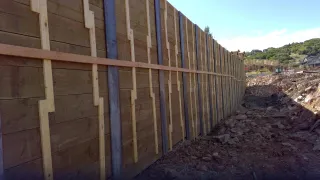
What do I need to consider before using tiebacks on my project?
You may need easements to install tiebacks beyond property lines. Our engineer will draw up plans for the tieback system, or we can use plans made by clients’ engineers. Those plans will include all of the necessary considerations, equipment, crew size, and timeframe for completion.

What types of tiebacks are available, and how do I choose the right one for my project?
Tiebacks can be categorized into two main types: high-strength steel bars and strand anchors. The choice between these depends on the project's requirements, including load capacity, site conditions, and the depth of the excavation. For projects requiring higher loads or longer bond zones, strand anchors may be preferable. Our team can provide guidance on selecting the right type of tieback based on the project's specific needs and geological conditions.
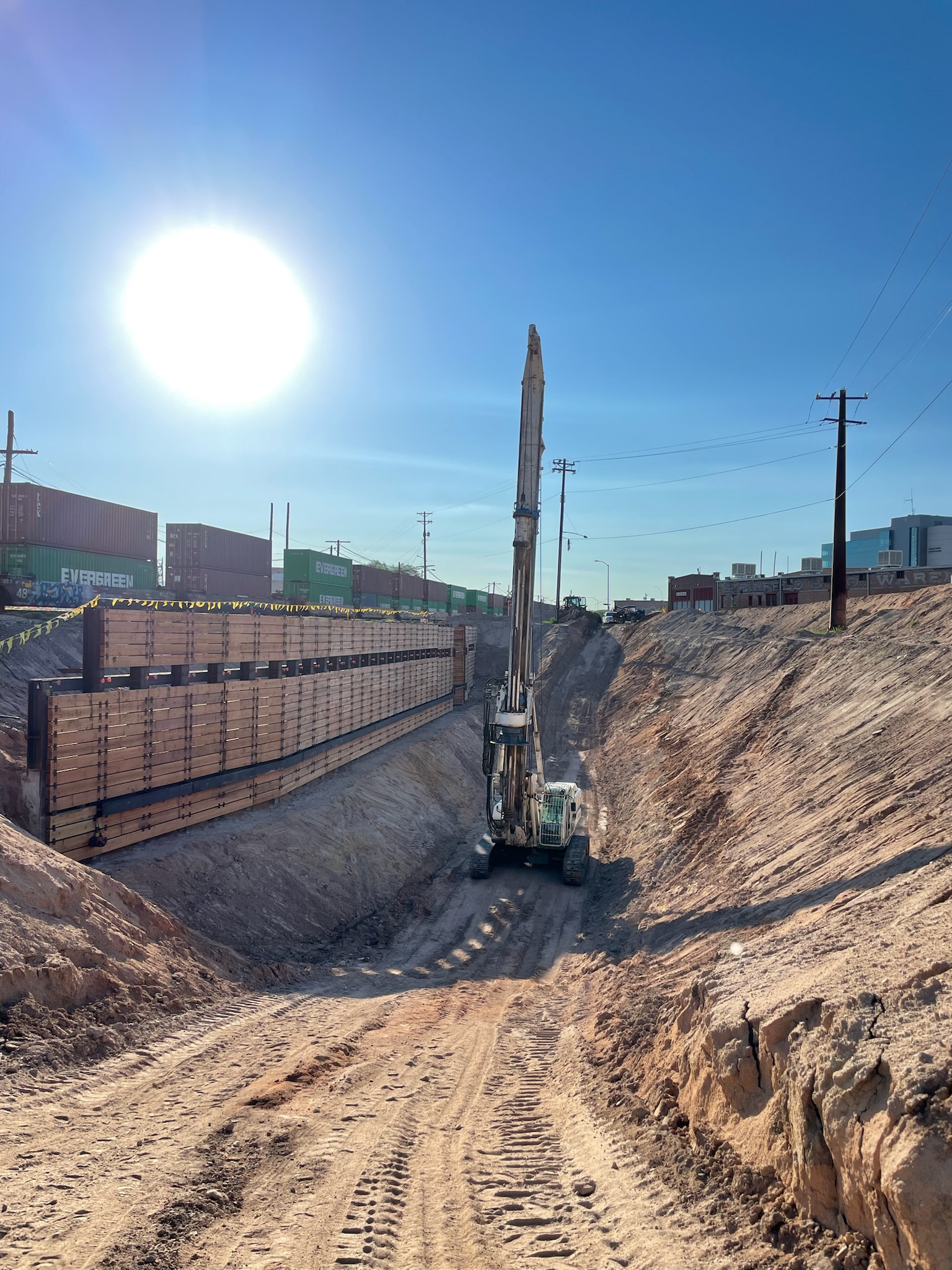
How do tiebacks compare to other earth retention methods?
Tiebacks offer a significant advantage over other earth retention methods by allowing for controlled and adjustable support to retaining walls. Compared to traditional systems such as soil nails, tiebacks can handle higher loads and are less intrusive to the surrounding environment. They can also work in conjunction with other systems like soldier piles and lagging, providing a more robust solution. Our expertise enables us to integrate tiebacks seamlessly into various earth retention systems, ensuring stability and minimizing movement.
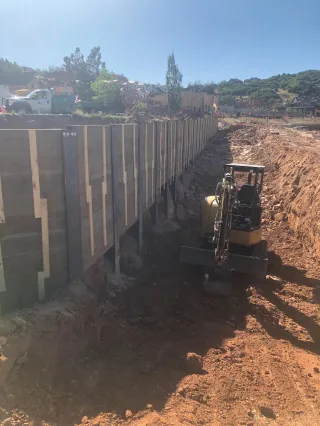
Does Your Project Need a Tieback Retaining Wall System?
For clients needing deep excavation solutions, particularly for commercial and infrastructure projects, tiebacks offer a perfect solution that minimizes deflections and supports sensitive structures. Contact us today to discuss how our tieback solutions can support your project needs.
ARIZONA
12225 W. PEORIA AVE. SUITE A | EL MIRAGE, AZ 85335
UTAH
210 WEST 5TH AVE. | MURRAY, UT 84107
COPYRIGHT © 2024 HARK DRILLING, INC. | WEBSITE DESIGN BY ALL IN ADVERTISING
